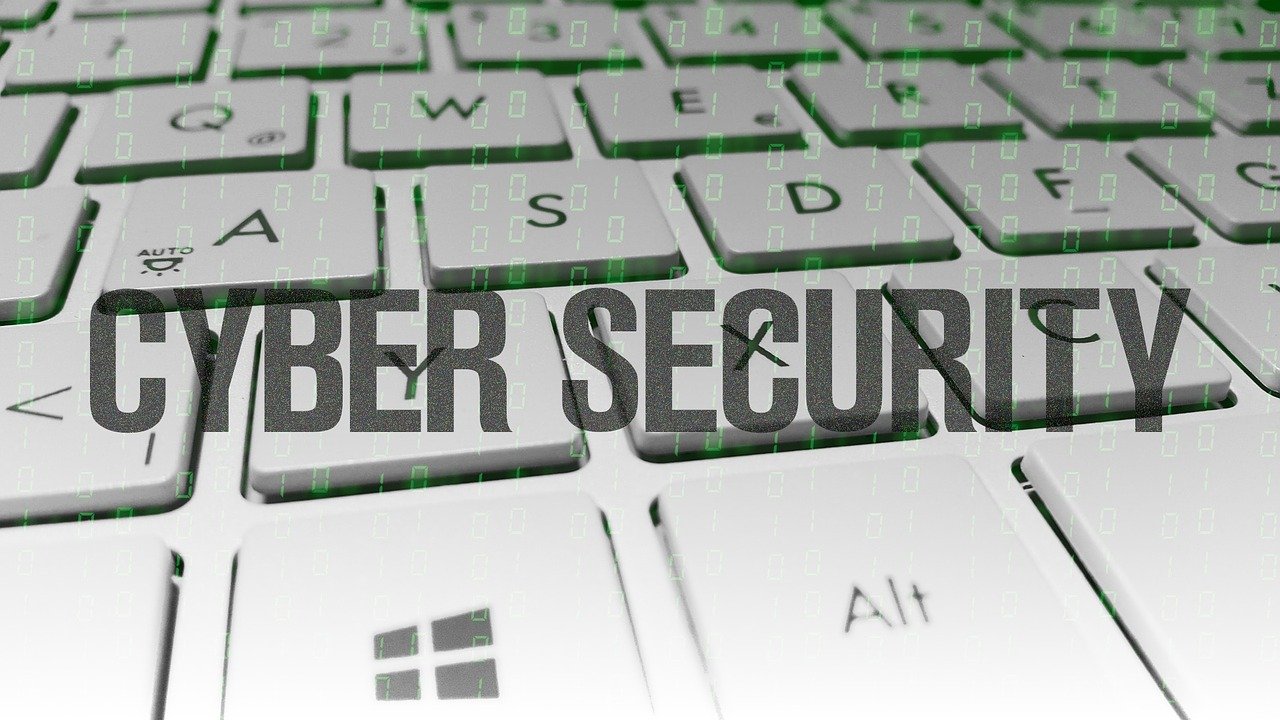Regardless of the weather, fraudsters are constantly on the hunt. Cybersecurity concerns may rapidly catch anybody by surprise when the Coronavirus Pandemic forces all sorts of organizations out of their comfort zone. Your approach to cybersecurity must adapt to the new conditions, no matter what sector you’re in or how successful your company is.
Is Your Company More at Risk?
As far as cyber dangers go, they’ve been there for a long time. Long before the pandemic, organizations throughout the globe were dealing with them. So, what’s new here? The way we use technology now is radically different from how we used it only a few months ago. Yes, we are referring to working from home. A seamless transition to a digital world may have been possible for specific industries, like the IT sector. However, this has not been the case for all of them.
In many firms, the quick change of environment has taken a toll on security and IT. Even firms with some experience with telecommuting have run across problems that have left them with an unfair advantage. What cybercriminals are looking for is weakness and susceptibility, precisely what they are seeking.
This isn’t just a local issue, and no one is safe from it. According to the World Health Organization (WHO), cyber attackers “disguised themselves as WHO to steal money or sensitive information” in February 2021. The Centers for Disease Control and Prevention (CDC), the FBI, and the UK’s National Cyber Security Centre (NCSC) have all issued similar warnings.
Since this is the case, most organizations may now be more exposed to cyberattacks. We see a rise in exploitable possibilities because of the unstable economy and our current predicament. As a result, hackers have easier breaking into networks, frequently going undetected.
Is the problem related to remote work?
In a few hours, the worldwide remote workforce had grown significantly. It’s also important to consider the total number of login devices and the total number of users. Generally speaking, personal gadgets (such as your smartphone or home PC) aren’t as secure as business ones. Keeping track of all this and preparing for it was a huge challenge for the ordinary firm.
In the wake of this, basic cyber risks like phishing are rising. For example, there has never been a greater number of attackers searching for user passwords and fraudulent login occurrences.
Some would claim that their vulnerabilities stem from the fact that they operate remotely. Remote work itself isn’t the issue; rather, it’s how most firms are approaching it that’s causing all of the confusion. It’s reasonable, too, given the urgent and hazardous nature of the situation. The situation can’t carry on forever; therefore, now is the moment to act.
5 Things You Should Do Right Now
Now that the pandemic has been going on for a few weeks, we should start looking at ways to alleviate its effects. Considering the seriousness of a cyber assault on your firm, it’s a good idea to put safeguards in place around all of your most critical data.
Everyone should promptly update all third-party applications, devices, and systems at your organization or workplace. Every day, new dangers and vulnerabilities in software are found. When securing your computer, updating your software is the first and simplest step.
Take a look at who has access to what data in your company’s system. Data access rules should be reviewed even if they have been in existence for some time. As a result, you’ll have fewer weak places, and the consequences of a breach will be less severe.
It’s time for everyone to be trained: As cliche as it may seem, your firm’s cybersecurity is only as strong as its weakest link. If even one of your employees falls for a phishing scam, your whole company is at risk. It is critical that everyone understands the fundamentals of cybersecurity and notify the IT department in the event of an unusual.
Cyberattacks aren’t what they’re depicted in the movies. They’re like ninjas, lethal and quiet. By having well-maintained systems and the IT personnel essential for continuous monitoring and optimizing such systems, you can effectively protect yourself against such attacks.
To take passwords and multi-factor authentication to the next level, embrace Zero Trust. Artificial intelligence and machine learning are used in this model to keep tabs on the users’ activity and seek anything out of the ordinary. Things such as interaction patterns, network connection, device login, time of usage, and other factors are all included in this category of variables.
The Next Step
Unfortunately, the COVID-19 outbreak occurred when software technology was more readily available than before. Everything is so much more manageable now than it was even a decade ago. No matter how difficult things may become, we should be grateful for the opportunities that have already presented themselves.
Recovery from the pandemic’s effects will take place over the next months, both physically and emotionally, and financially. All of these steps may be made easier by staying on top of the latest developments in cybersecurity. Putting out flames isn’t the only goal here. What you do now will have a lasting effect on your organization’s security.



